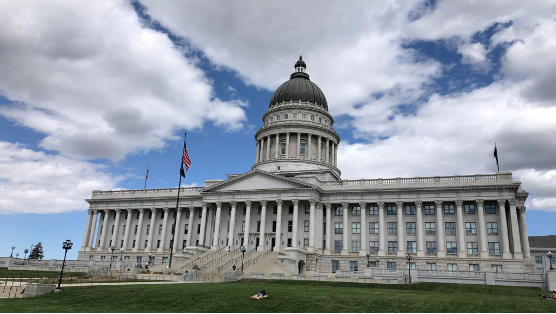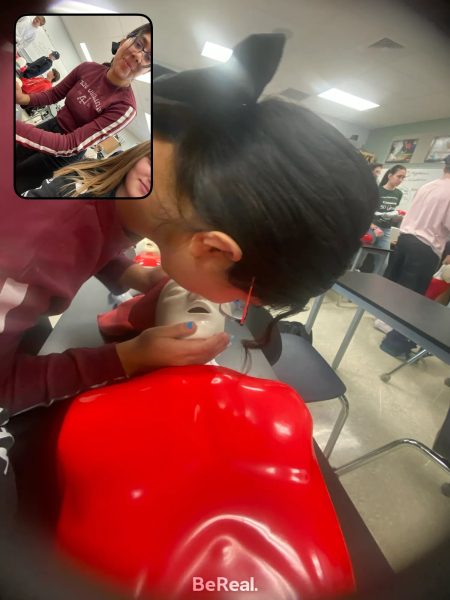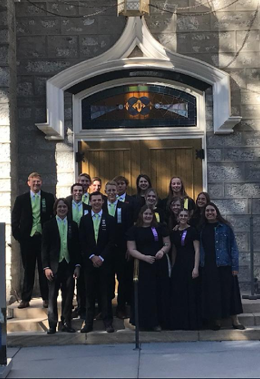Environmental Attitudes: A brief look, via survey, at the attitudes of high school biology students.
December 12, 2022
In the following report, the data collected from a survey about the environment will be looked at to roughly measure the ‘environmental attitudes’ of students today. Thirty-three students, half from a biology, and half an ‘ag’ biology class completed a 13-question survey within a week of each other. The questions can be divided into three main categories, Perspective, Initiative and Intervention, and Reflection. While the following data collected is primarily meant for understanding the general attitude of today’s students towards climate change, and other environmental concerns, the responses call for a further look into ‘what should be done’.
Section 1: Perspective
Questions in this category included,
- “Does Climate Change Concern You?”
- “Are you satisfied with current approaches to preventing climate change?”
- “Is climate change a current problem?”
- “What do you think is the most important environmental initiative?”
According to responses, 69.7% of participants are ‘concerned about climate change’. Similarly, 84.8% of participants reported climate change as a current issue.
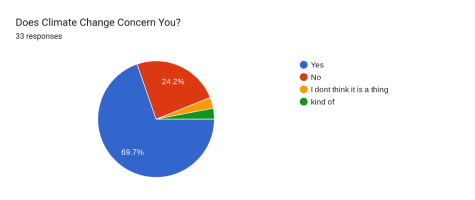
Additionally, 60.6% of respondents report their satisfaction with current prevention approaches to climate change between ‘satisfied’ and ‘dissatisfied. The selected answer ‘maybe’ people were unsure of their view on current strategies for preventing climate change.
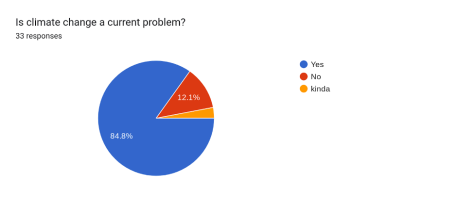
With the question, what is the most important ‘environmental initiative’, 36.4% responded alternative (solar, wind, water…) energy, 24.2% replied water conservation, and 21.2% said recycling.
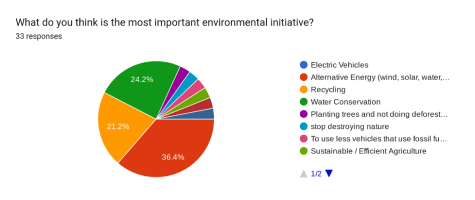
Somewhat expectedly, many responses reflected a solid awareness of the environmental challenges faced today. The question ends up surpassing, “do people today think about the environment”, to further action. It is clear that a majority of participants feel a need for continued advances toward protecting the environment.
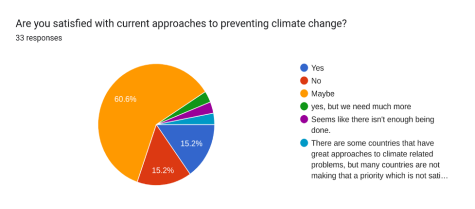
Section 2: Initiative and Intervention
Within the following section, participants answered questions relating to ‘Initiative and Intervention’. Expectedly, for the related questions below in the graphed table, responses suggest that there is more to do for the environment than using solar panels, electric vehicles, or having a garden. The responses additionally suggest that many people are mindfully making efforts to help the environment in their lives.
The graph below shows responses to participants’ support of legislation in preventing climate change.
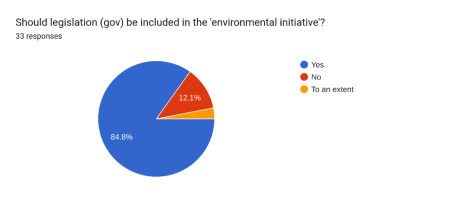
Some of the replies to ‘why they said so’ are written below:
‘Yes’
- To create energy conserving laws
- because if they make people help the environment out, it will be better
- without legislation our planet will get worse and not healthy to live on
- Without the government’s support, it is really hard for anyone to take it seriously or afford to make changes
‘No’
- they cannot control us
- Because they can’t change the weather.
‘To an extent’
- I think this is a loaded question, involving the government into climate change, as it would then turn facts into political arguments and power shifts in this regard. I think that governments can also do more to help this than what current individuals are doing on their own.
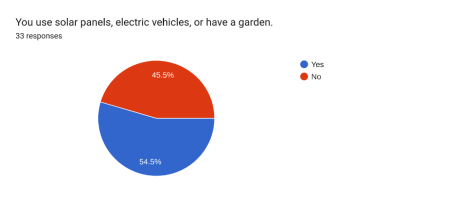
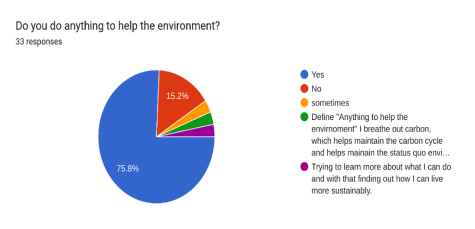
Section 3: Reflection
In this section of the survey, Participants were shown statistics about global climate change, from the UN. After the provided information, five ‘reflective’ questions were asked, primarily focusing on a change of thought and the effectiveness of the survey.
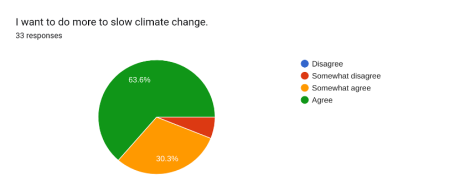
From the following charts, it can be seen that the majority of participants believed that they were conscious about the environment and believed bringing it into conversation was beneficial. For the questions more about the effects of the survey, participants’ responses were a majority believing not to be influenced by the survey. Most people also understood the questions asked, providing more reliable data.
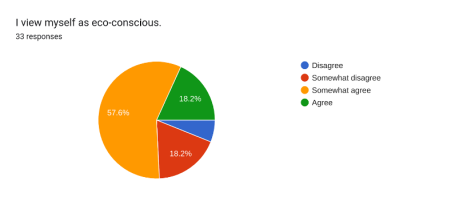
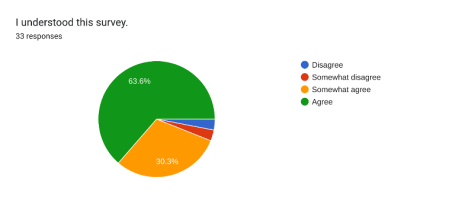
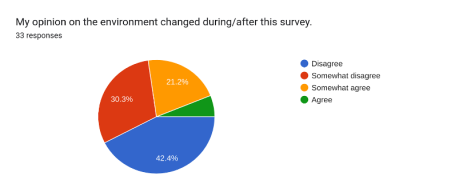
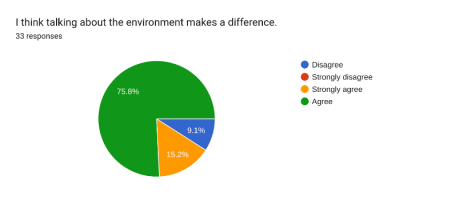
Call to Action?
With the provided look into ‘environmental attitudes’ today, the questions “what should be done?” or even, “should something be done?” arise. Clearly, as the study exemplified, there are many ways to ‘do something’ for the environment, and people are making many of those efforts a reality in their day-to-day lives.


